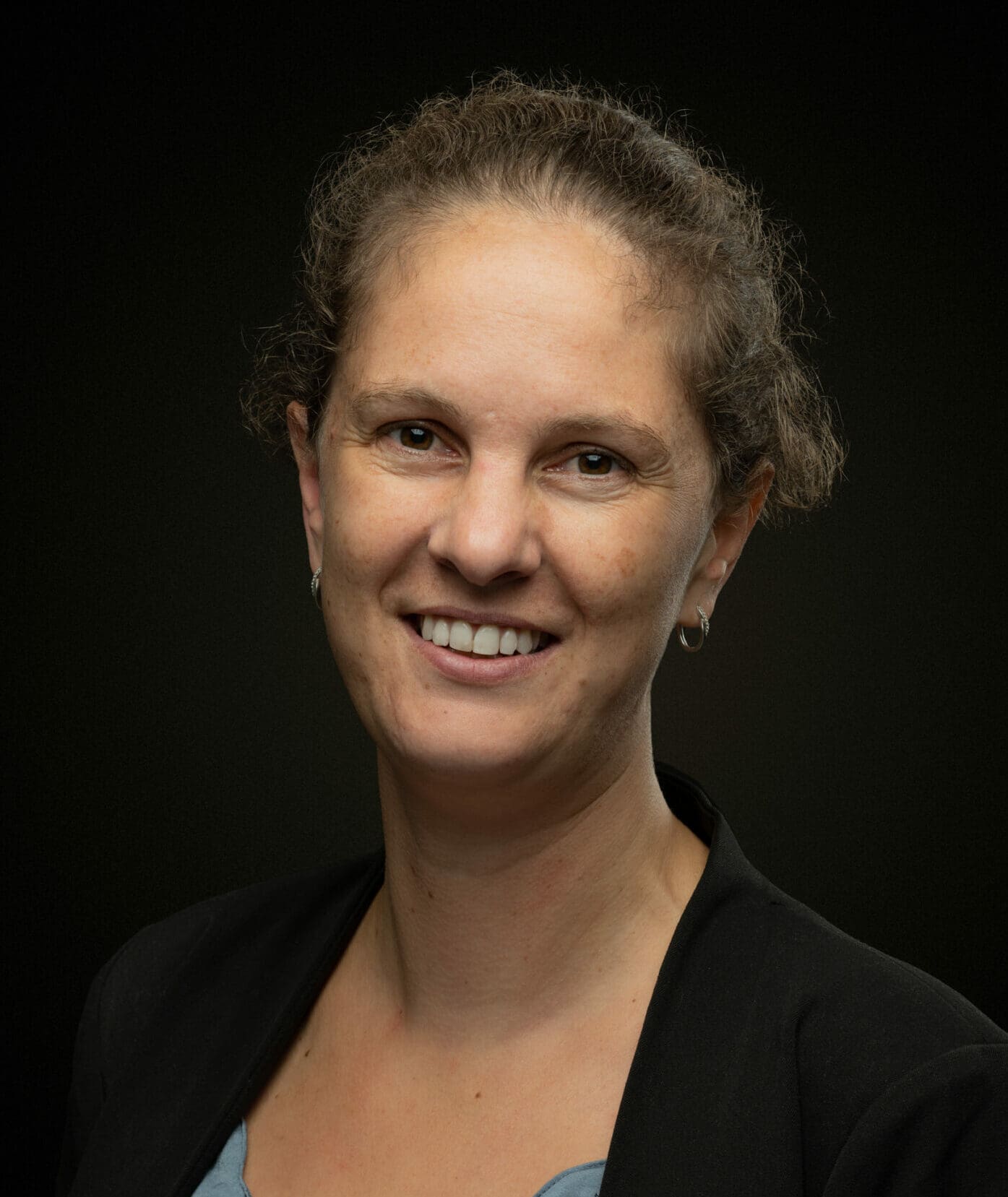Workshop: SI-traceable calibration methods for mercury gas generators
Nieuws
Workshop: SI-traceable calibration methods for mercury gas generators
19 September 2023 11:00 – 13:00
CEM conference venue, HYATT REGENCY BARCELONA TOWER, Barcelona, Spain
CEM 2023 – International Conference and Exhibition on Emissions Monitoring (ilmexhibitions.com)
Mercury is ubiquitously present in the atmosphere, thus monitoring of the mercury concentrations in the atmosphere and emission sources has become a global requirement in recent years. Industrial sites are required to implement adequate monitoring equipment (e.g., analysers and gas generators) and report their emissions to relevant authorities. To obtain accurate and reliable measurement results the appropriate calibration of monitoring equipment is required.
For decades gaseous mercury concentration measurements have been calibrated based on mercury vapour pressure equations (e.g., the Dumarey or the Huber equation). Currently these equations differ from each other by more than 7 % at 20 °C and this discrepancy is of great concern as it hampers comparable and reliable measurement results for mercury concentrations in the atmosphere and emissions sources. In the past decade considerable effort has been put into the development of certified reference materials and calibration methods for gaseous mercury concentrations traceable to the International System of Units (SI) to ensure comparable and reliable mercury measurement results.
Notwithstanding these efforts, there are no standardised procedures that ensure the dissemination of the SI traceable calibration methods from primary reference materials via mercury gas generators to monitoring equipment used for atmospheric and emission monitoring. Scientifically and metrologically sound calibration protocols, used to assess the performance of mercury gas generators in the form of formally accepted documentary standards, are of fundamental importance to guarantee the accuracy and comparability of the mercury measurement results in gas emission sources and in the atmosphere in Europe and globally.

Within the EMPIR (European Metrology Programme for Innovation and Research) SI-Hg project (Metrology for traceable protocols for elemental and oxidised mercury concentrations – 19NRM03 www.SI-Hg.eu) such metrologically sound calibration protocols have been developed and validated in the past years. The calibration protocols will contribute to establishing a traceability chain from the SI certified reference materials to measurement data obtained in emission sources and in the atmosphere. The protocols replace thereby calibrations based on mercury vapour pressure equations.
If you want to know how you can improve calibration of your mercury gas generator for both atmospheric and emission measurements and how the calibration protocols developed can improve the comparability and reliability of your measurement results join the SI-Hg workshop September 19th 2023 in Barcelona. During the workshop SI-Hg project partners will present development and validation of mercury gas generators, calibration methods and standardisation for mercury monitoring in the atmosphere and emission sources.
- Opening (Iris de Krom, VSL)
- SI-traceable measurement results and standardisation for mercury emission monitoring (Iris de Krom, VSL)
- Development of low-level elemental and oxidized mercury calibrators for atmospheric mercury measurements (Warren Corns, PSA)
- Calibration methods for atmospheric mercury concentrations (Igor Živković, JSI)
- Determining converter efficiency for oxidized mercury measurements (Sophie Page, LGC)
- Validation results of the calibration of mercury gas generators (Timo Rajamäki, VTT)
- Discussion
Participation in the workshop is free of charge. Do you want to join the workshop? Please fill in the registration form below:

Would you like to know more about the workshop or the SI-Hg project please contact:
Iris de Krom, VSL
SI-Hg project coordinator
This project (19NRM03 SI-Hg) has received funding from the EMPIR programme co-financed by the Participating States and from the European Union’s Horizon 2020 research and innovation programme.

